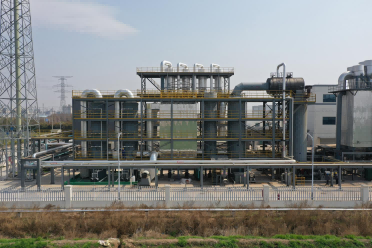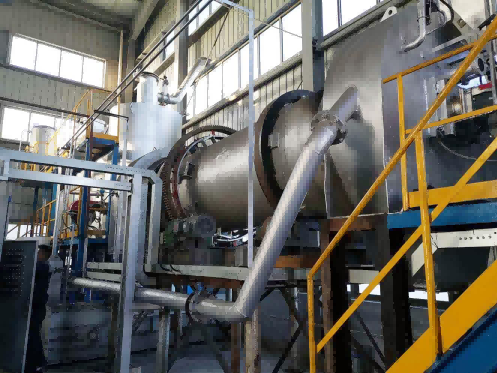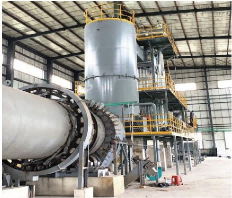
Principle introduction: Salt residue and sludge incineration have become the mainstream treatment methods for sludge treatment, combining sludge drying with incineration or pyrolysis to thoroughly treat sludge and recover the heat energy from flue gas, achieving comprehensive utilization of resources. Sludge drying and incineration both take various forms. Salt slag incineration can be carried out in two forms: low-temperature carbonization or high-temperature melting.
Heat recovery form:
☆ Saturated steam
☆ Heating hot water
☆ Heating heat transfer oil
☆ Heating hot air
Processing scale and scope of application:
☆ Processing capacity: 100-10000kg/h
☆ Treatment method: low-temperature pyrolysis, carbonization and incineration
☆ Scope of application: biochemical sludge, sludge, salt residue
Structural features:
☆The rotary kiln and secondary combustion chamber adopt a split structure, with simple and flexible operation.
☆The carbonization temperature can be automatically adjusted based on the organic matter composition in the waste, ensuring a removal rate of 99.99%.
☆ Incinerated materials flip forward, with three heat transfer methods coexisting in one furnace, resulting in a high heat utilization rate.
☆High temperature materials come into contact with refractory materials, making it convenient to replace the furnace lining and low in cost.
☆The transmission mechanism is simple, and the transmission mechanism is located on the kiln shell, making equipment maintenance simple.
☆Low requirements for the shape and moisture content of incineration materials.
☆Good sealing measures and furnace negative pressure ensure that harmful gases do not leak out.
☆The equipment has a high operating rate, with an annual operating rate of generally up to 90%, making it easy to operate and maintain.
☆Install enhanced heat exchange and slag prevention devices in the rotary kiln to improve incineration efficiency and expand the adaptability of waste incineration.




